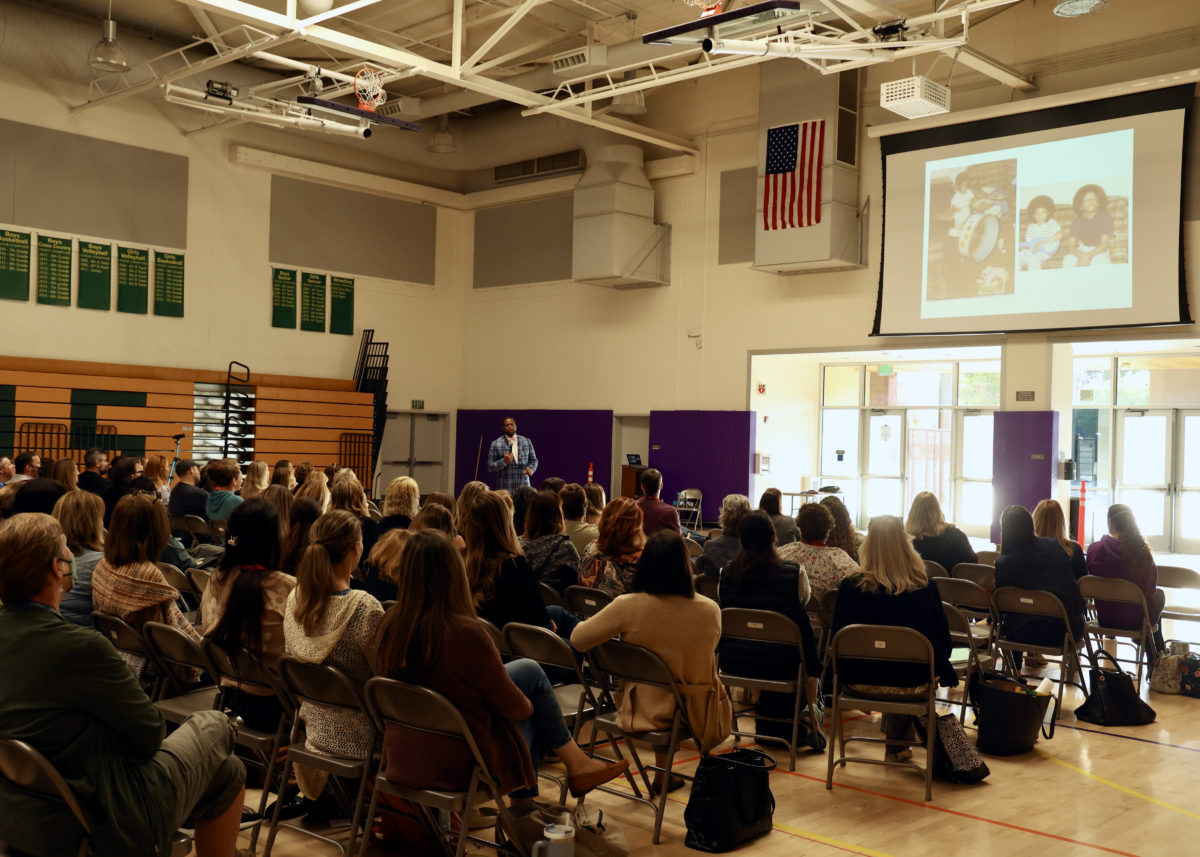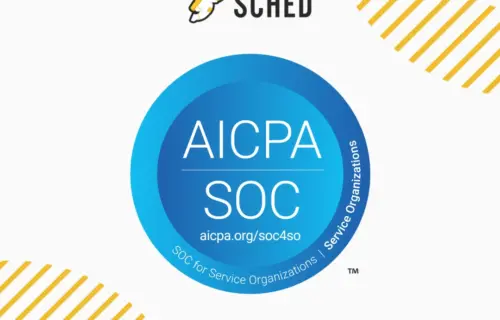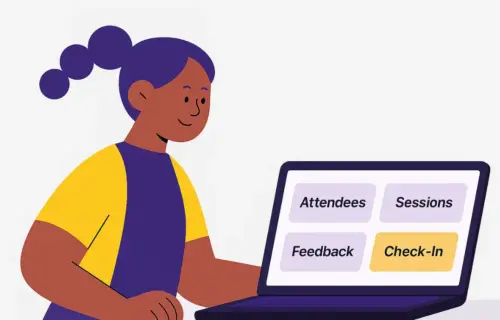The Los Gatos Union School District (LGUSD) recently hosted its Professional Development Day with 162 elementary teachers, site administrators, five principals, two assistant principals, and even some district leadership in attendance.
We caught up with Rhonda Beasley, the Director of Curriculum, Instruction & Assessment, to hear more about how they used Sched to pull off their Professional Development Day. We learned that Sched was at the heart of making their teachers feel like the important professionals that they are.
This year’s event took on an all-new conference style that enabled teachers to opt into sessions and move around. With the help of Sched, LGUSD expanded the session choices and devised sessions centered around social and emotional learning, literacy, equality, creativity, project-based learning, technology, and the district’s data system. They rounded the day off with wellness sessions such as yoga, coloring and music, and a gratitude grotto.
What events does the Los Gatos Union School District typically organize?
Table of contents
- 1 What events does the Los Gatos Union School District typically organize?
- 2 How did you organize events before Sched?
- 3 Why did you select Sched?
- 4 How long did it take for you to learn how to use Sched?
- 5 How did Sched save you costs?
- 6 What were the main benefits of using Sched for your Professional Development event?
- 7 How did you encourage attendees to use Sched for the first time?
The event we hosted in October was the first time I organized a professional development event for the district.
We do a range of different types of events. While we just completed this large conference, our district team also oversees regular district-wide collaboration days. While they aren’t conference style, we still see the added value of using Sched for these events.
Some of these events are relatively simple because they focus on Transitional Kindergarten to fifth grade. However, by bringing middle school into the mix, we also need to add articulation, math, and science. Sched makes it easy for content articulation from kindergarten to 8th grade as attendees can choose where they want to go and which relevant content they’d like to engage with.
How did you organize events before Sched?
Before Sched, I relied on spreadsheets that included links to session information.
Aside from being time-consuming, a major flaw with this system was that I couldn’t track session sign-ups. For example, one of the sessions was by invitation only, and I couldn’t see if the right people had registered.
This was one of the big issues that Sched solved for our Professional Development Day. If an attendee signed up for the wrong session, I could alert them and ask them to select an alternative session.
Why did you select Sched?
The two main reasons were ease of use and price. I had experienced Sched before as an attendee, so it was my first choice for planning our district’s events.
Purchasing event management software was a collaborative decision with our Director of Technology. My main requirement was that the event software needed to allow me to organize our events efficiently and cost-effectively. For the Director of Technology, the priorities were a little different. Her priorities were cost and then convenience.
We were in agreement that Sched was a suitable choice for fulfilling both of our requirements.
How long did it take for you to learn how to use Sched?
Almost immediately. Despite my initial concerns, I didn’t need the extra assistance that I thought I would need. Sched was straightforward to use.
Our Director of Technology set up the platform and I was easily able to amend sessions and add speakers and other admins. We didn’t require any additional learning support.
How did Sched save you costs?
Sched saves me a lot of time. That impacts the bottom line by freeing me up for other tasks that benefit the organization. This has a quantifiable financial impact on my organization. The monetary value associated with that is hugely important for our school district.
What were the main benefits of using Sched for your Professional Development event?
I can’t tell you how freeing it was to abandon the spreadsheets and use a program that’s exclusively designed around all aspects of planning a great event. When planning the event, the primary added value was how easy the platform is to use, which saved our team a ton of time.
During the event, we saw a number of concrete benefits. For example, before Sched, the admin team needed to be present to monitor room capacities. Now that is no longer necessary, as we could track how many people were signing up for each session.
The attendance tracking also had an added benefit that we didn’t anticipate. During the event, we had a COVID exposure case. Sched enabled us to notify the attendees in that particular session rather than emailing the entire school district (which might have created chaos!).
We also needed to distribute materials to specific teachers in other sessions. Our team could quickly pull up the schedule and see where they were and when. This made the process a lot more efficient.
How did you encourage attendees to use Sched for the first time?
We sent out a link so people could use Sched on their computers. I specifically chose not to promote the mobile app because I feared we would have to deal with too many questions and everyone would bring their laptops with them.
However, many participants took the initiative to download the event app onto their phones for easier access throughout the day. You could see them using the app to navigate between sessions throughout the day. For our next Professional Development Day, I will now give attendees both options and share with them how to access the app on their mobile devices.
Overall, we received great attendee feedback about Sched. Most said that it increased the professionalism of the event. That gave our Professional Development Day more credibility. Teachers felt like they were treated as professionals in their district, and that impacts how a person approaches the day. Sched played a big part in the event’s success.








